Decluttering Phases: The 3 Proven Steps to Finally Get (and Stay) Organized
As an Amazon Associate and member of other affiliate programs, I earn from qualifying purchases.
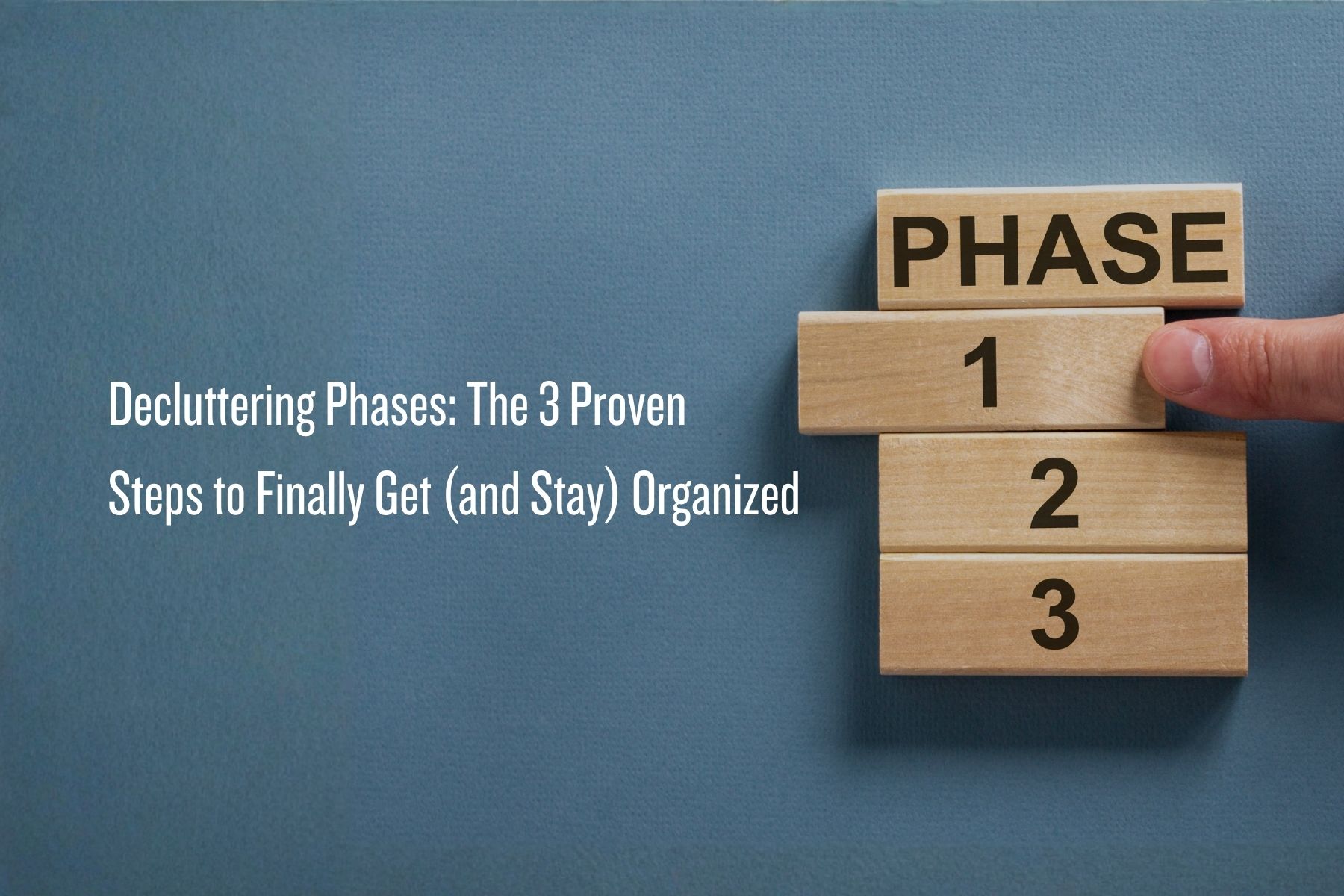
If you’ve been thinking about finally decluttering your home you may have a vision in your head about how it will go. This mental image may include emptied closets, bags of donations and piles of stuff that you don’t know what to do with. The image is likely the reason you haven’t actually started decluttering. Here’s the thing – once you’ve hit midlife we are talking about decades of clutter buildup. You can’t just get it done in one big blitz. In fact, it’s the concept of a big blitz that is so intimidating in the first place.
In order to truly rid your home of all the deadwood you need to break up the project into decluttering phases. A phased approach gives you the best chance of finishing the job and keeping your sanity. You can self-guide through these phases. Once you understand how they work you’ll be able to identify when one phase is ending and the next is beginning. There are three phases in total – let’s walk through them.
Phase 1: Build Muscle
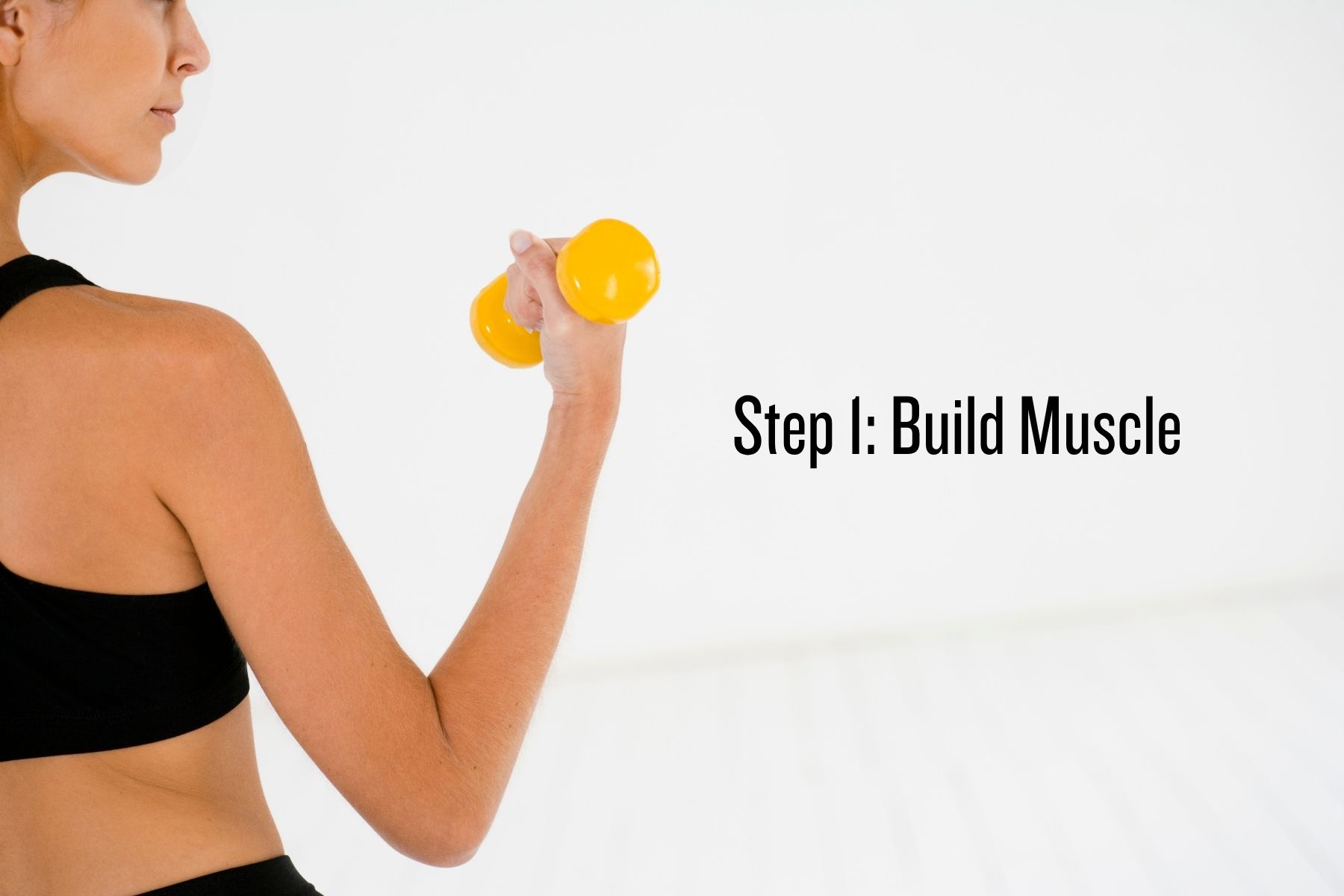
The first of the decluttering phases is the one people usually skip. When you skip the building muscle phase you end up flaming out quickly. And once you’ve flamed out it’s really hard to get back on the horse.
Building decluttering muscle is essentially practicing. Just like any other skill, you get better at it with repetition. And when you’re new to something it’s important to start your reps on the bunny slope instead of a black diamond mogul field. What does the bunny slope look like for you? Small Spaces – like a single cabinet or a nightstand. Short efforts – 15-20 minutes. No emotional attachments – junk drawer, bathroom. That’s it, essentially. You’re going to spend time decluttering in the most painless way possible. This will help you build confidence and momentum. Small wins feel good and the results will empower you to keep going.
After many of these small, painless efforts you’ll feel inspired to attack larger spaces and whole rooms. You’ll be able to handle sessions of an hour and more. Those are signals that you’re ready for Phase 2.
Phase 2: The Deep Dive
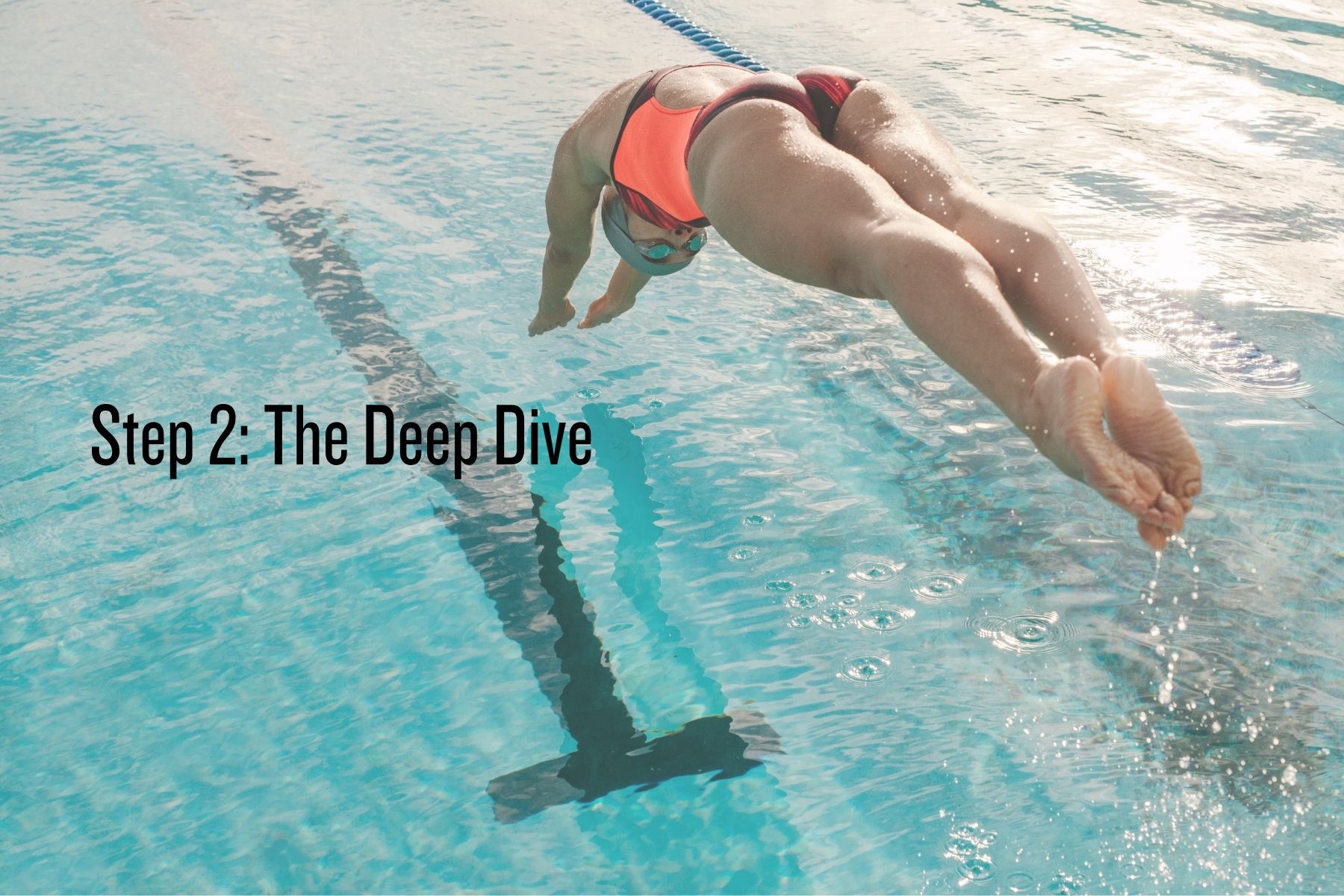
The Deep Dive is the most intense of the decluttering phases. This is where you’re hitting the big, nasty projects like the stacks of bins in your garage or the closet full of memories. The Deep Dive takes longer, is more draining and the decisions are harder. That’s why it is so critical to build up muscle first – before you tackle the difficult bit.
I recommend breaking up your deep dive into smaller pieces spread out over time. Your clutter has waited this long for you to set it free – there should be no hurry to try and get through all of it at once. And while this is definitely the most challenging phase, it is also the most rewarding. The feelings you have feared for so long turn out to be way worse in your head than they are in real life. You’ll keep the things that still matter to you but you’ll discover that a lot of what you saved doesn’t. You will feel lighter, cleaner and full of energy as the old buildup slowly exits the premises.
Phase 3: Clutter Prevention
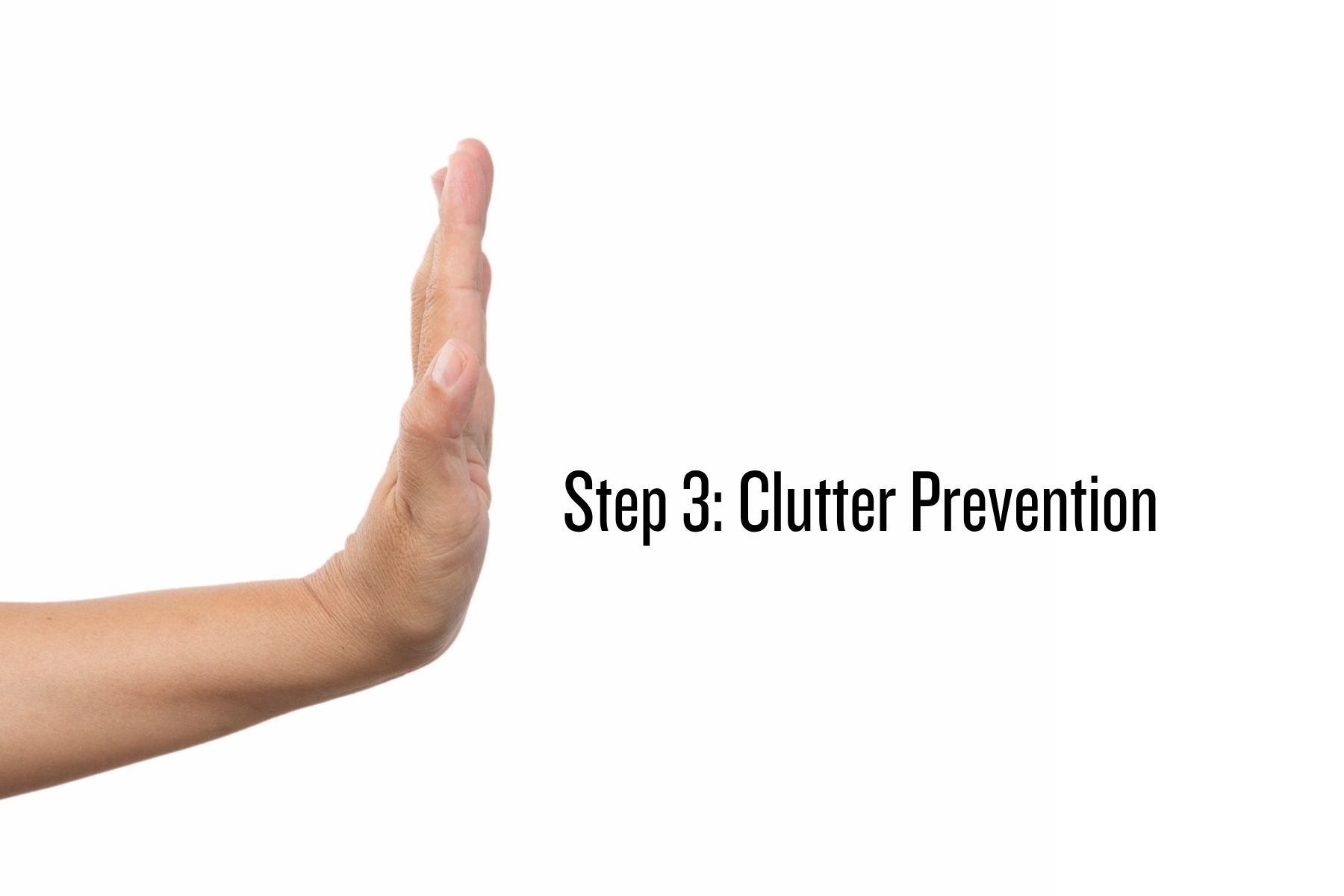
Something amazing happens as you move through the first two decluttering phases. You gain a keen awareness for what qualifies as clutter. That awareness leads to a desire to protect the decluttered state of your home, which is now a lovely and relaxing place to spend time. Which means that you are now hyper-aware of what comes into your home and whether it will be worthy of occupying space there.
There are some good clutter-prevention strategies you can employ in this phase, things like one-in-one-out and the 2 Minute Rule. But honestly – you’ve now spent enough time decluttering that you’ll probably do these things instinctively. You’ll know that you won’t ever use all the freebies in that gift bag. You’ll recognize when you’re tending towards impulse-buying and hold off. You’ll have the wisdom to know that keeping something you don’t value doesn’t equal respect.
When you move successively through the decluttering phases in the proper order they feel natural and less stressful than that image you’ve had in your head for so long. I’ve found in many cases that people end up actually enjoying the process of decluttering because they have become proficient at it and they know how good the outcome feels. As it turns out, the phased approach is the winner every time! If these phases make sense to you but you want a bit more structure and guidance as you navigate your own decluttering journey, my Beginner’s Decluttering Blueprint is the bestie resource you need – you can shop it here.

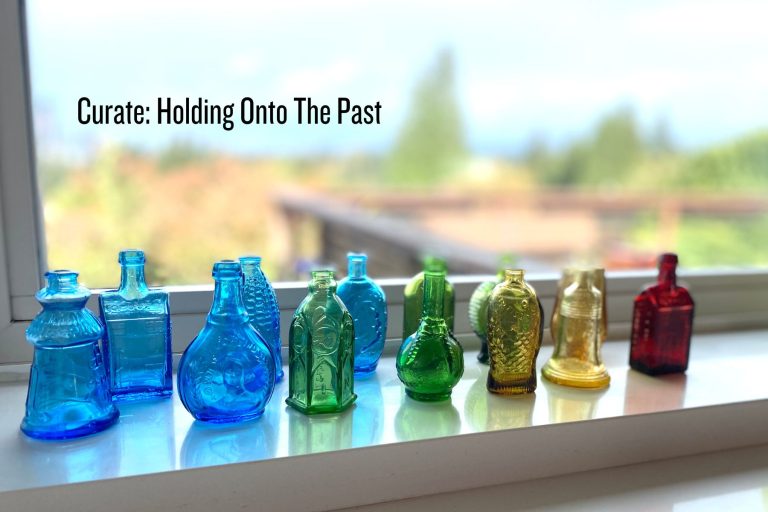
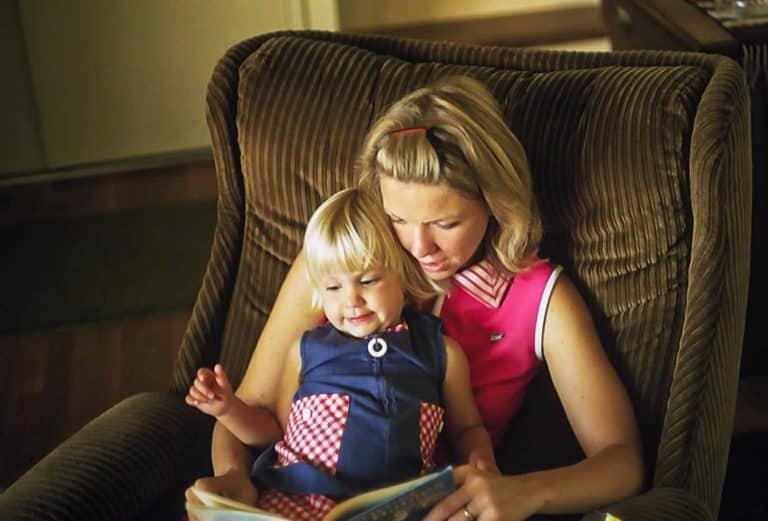
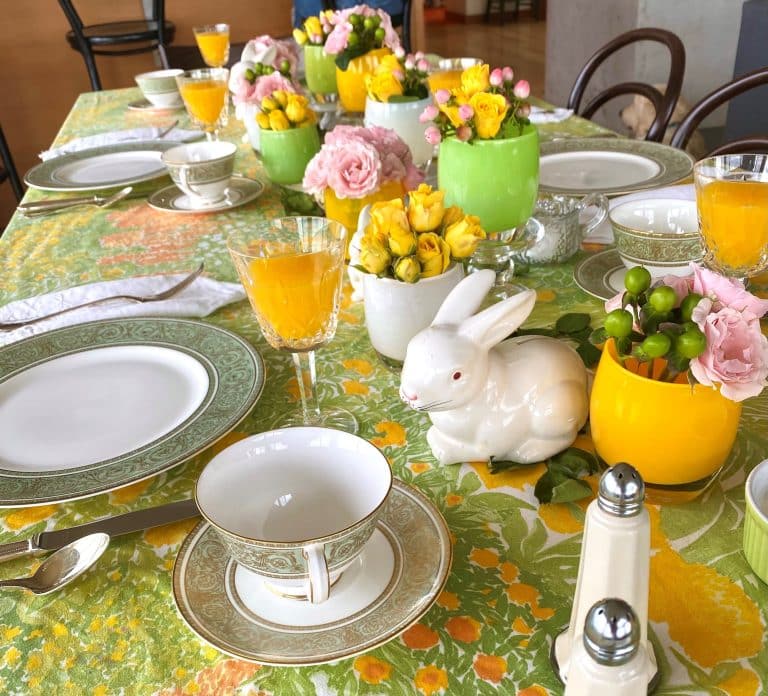
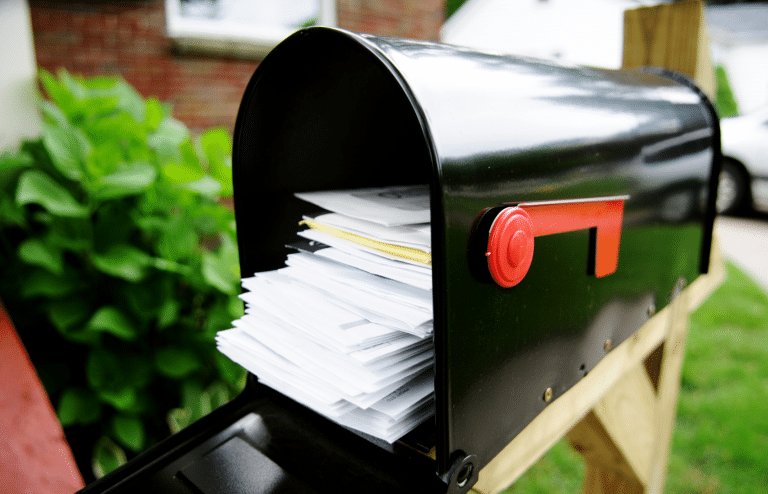


Method Seattle Comment Policy
We welcome relevant and respectful comments. Off-topic comments may be removed.